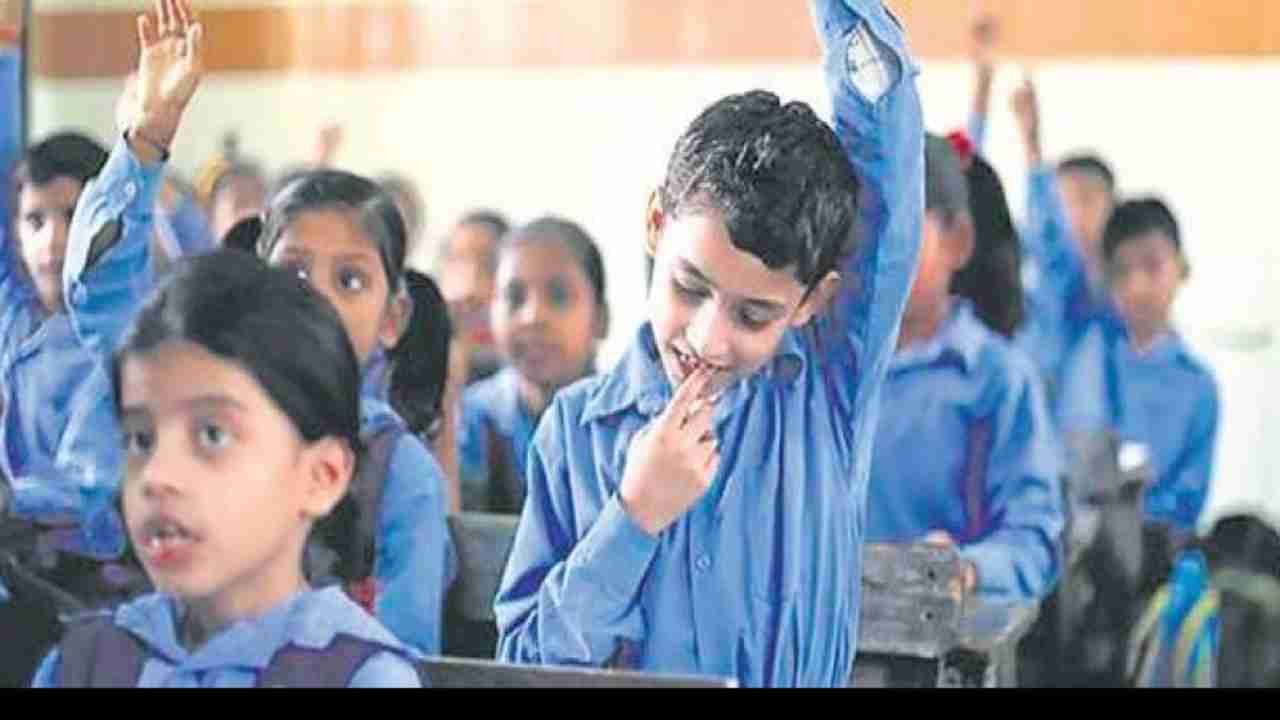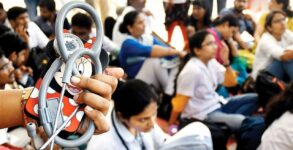The Union Cabinet has approved the Draft National Education Policy (NEP 2020) on Wednesday. The new National Education Policy (NEP) will replace the existing National Policy on Education which was first formulated in 1986 and last modified in 1992.
Union Ministers for Information and Broadcasting (I&B) and Human Resource Development (HRD) Prakash Javadekar and Ramesh Pokhriyal Nishank, respectively, will make the announcement shortly on the NEP, 2020.
Earlier on May 1, Prime Minister Narendra Modi had reviewed the NEP, 2020, whose draft was prepared by a panel of experts led by former Indian Space Research Organisation (ISRO) chief K Kasturirangan.
Here are highlights of the NEP 2020 you need to know:
Extension of Right to Education Act: The draft policy has proposed an extension of the Right to Education Act 2009 to cover children of ages 3 to 18 and also seeks to reduce the content load in the school education curriculum.
Restructuring of higher education institutions: In higher education, the draft NEP has proposed a restructuring of higher education institutions with a focus on world-class research and high-quality teaching, high-quality teaching across disciplines with significant contribution to research and institutions focused with high-quality teaching. There will be re-structuring of Undergraduate programs of 3 or 4 years duration and having multiple exit and entry options.
Establishment of Bal Bhavans: The new draft has proposed to establish Bal Bhavans where children of all ages may wish to go once a week or more often, as a special daytime boarding school, to partake in art-related, career-related, and play-related activities.
Gender Inclusion Fund: The draft also focuses on special emphasis on socially and economically disadvantaged groups such as SC/ STs. It proposed a separate “Gender Inclusion Fund” for such groups and Special Education Zones for disadvantaged regions.
Physical Education: The students of all levels of schools will be allowed to participate in physical activity and exercise, including sports, games, yoga, martial arts, dance, gardening, and more, following local availability of teachers and facilities.
National Research Foundation: The new NEP has proposed the establishment of the National Research Foundation to grant competitive funding for outstanding research proposals across all disciplines, as determined by peer review and the success of proposals.
Ministry of Education: The MHRD will be redesignated as the Ministry of Education to bring the focus on education and learning.
New Pedagogical structure: The new education policy proposed a new Curricular and Pedagogical Structure, with 5+3+3+4 design covering the children in the age group 3-18 years. This includes:
- 5 years of the Foundational Stage: 3 years of pre-primary school and Grades 1, 2
- 3 years of the Preparatory (or Latter Primary) Stage: Grades 3, 4, 5
- 3 years of the Middle (or Upper Primary) Stage: Grades 6, 7, 8
- 4 years of the High (or Secondary) Stage: Grades 9, 10, 11, 12.
No hard separation of arts and sciences: According to the draft policy, there will be no hard separation of learning areas in terms of curricular, co-curricular or extracurricular areas and all subjects, including arts, music, crafts, sports, yoga, community service, etc. will be curricular.
Three language formula in schools: Keeping in mind the Constitutional provisions and aspirations of the people, regions, and the Union, the three-language formula in schools will continue.


















